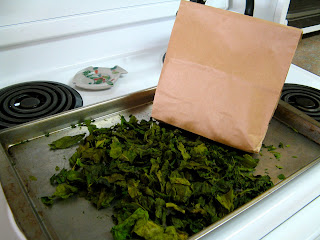Cabin Cooking: Taco Time
 I used the cast iron griddle my good friend Betty gave me the other night to make hand made tortillas. Wayne got some masa harina (corn flour) for roast beef gravy. So, I decided to marry my new griddle, extra masa and leftover roast to make soft tacos.
I used the cast iron griddle my good friend Betty gave me the other night to make hand made tortillas. Wayne got some masa harina (corn flour) for roast beef gravy. So, I decided to marry my new griddle, extra masa and leftover roast to make soft tacos.
The recipe on the bag just calls for masa and water. I tried a test batch and found them to be tasty but crumbly. I decided to modify the recipe to make them sturdier. Here's what I came up with.
Margy's Modified Corn Tortillas1 cup masa harina (corn flour)
2 tablespoons white flour
1/4 cup vegetable oil
1/2 cup water
 I mixed the ingredients together and refrigerated the dough for several hours before cooking. If they are too moist, add a few tablespoons of masa before rolling. I don't have a tortilla press, so I used folded plastic wrap and my rolling pin to make small rounds about 1/8" thick. The tortillas held together as long as I didn't make them too thin or too large. The batch made twelve small tortillas.
I mixed the ingredients together and refrigerated the dough for several hours before cooking. If they are too moist, add a few tablespoons of masa before rolling. I don't have a tortilla press, so I used folded plastic wrap and my rolling pin to make small rounds about 1/8" thick. The tortillas held together as long as I didn't make them too thin or too large. The batch made twelve small tortillas. A few minutes on each side on the hot griddle and I had tortillas. They have the sturdiness of a flour tortilla and the great taste of a corn tortilla. To keep them warm until serving, I kept them wrapped in foil. Some refried beans, my beef taco filling, shredded lettuce, cheese and salsa made a tasty meal. So much so, that we each ate four. YUM! -- Margy
A few minutes on each side on the hot griddle and I had tortillas. They have the sturdiness of a flour tortilla and the great taste of a corn tortilla. To keep them warm until serving, I kept them wrapped in foil. Some refried beans, my beef taco filling, shredded lettuce, cheese and salsa made a tasty meal. So much so, that we each ate four. YUM! -- Margy



















































